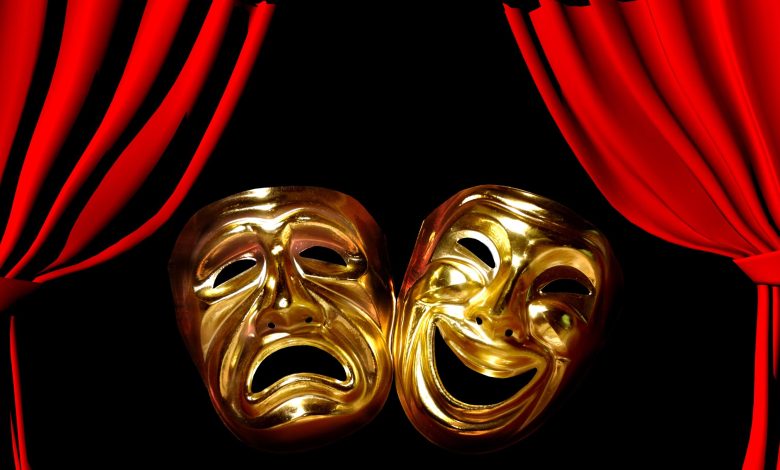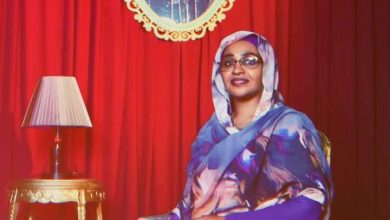On World Theater Day.. Art is peace

Sudan Events – Follow-ups
Sudan Events publishes this translation, which was officially approved by the World Theater Authority and published on the Authority’s website on March 27, which coincides with World Theater Day.
Below is (Events) the text of the speech on the occasion of World Theater Day.
“Art is peace”…. John Foss
“Every person is unique, and at the same time similar to everyone else. The uniqueness of the personality and the external appearance can be seen clearly, this is true, but there is also something inside each person that distinguishes him alone, only for this person, we can call it a soul or a spirit or we do not need to describe it with words, but although we are all different from each other, We are similar too. People from all over the world are basically the same no matter what language they speak or what color their skin or hair is.
This may be a paradox, that we are so similar and so different at the same time.
Man may be fundamentally contradictory, in this gap between body and spirit, between what is earthly and essential and what transcends established material boundaries.
But good art succeeds in its miraculous way in combining the completely unique with the universal. Yes, it allows us to understand what is different, unique and strange.
Art can be understood universally, thus crossing borders, all regions of the world and countries, and thus it combines not only the characteristics of each individual, but also, in other words, the individual characteristics shared by a group of people, nations for example.
Art does not make them all the same, but on the contrary, it highlights their differences.
Yes, the strange in all good art contains precisely the strange which we cannot fully understand, and yet somehow understand at the same time.
Can we say that everything mysterious fascinates us or pushes us beyond our limits? In doing so, he creates the sublime that art in itself should contain and lead us to.
I don’t know a better way to combine opposites. This is precisely in contrast to the violent conflicts that we often see in the world in their destructive attempts that seek to annihilate everything that is strange, unique and different.
Often, when we use the most inhuman inventions that technology has given us, this use turns into terrorism, into war. People also have an animal side, driven by instinct, so the other, the stranger, is seen not only as strange and magical, but as a threat to their existence.
The unique and different do not remain that way, but rather turn into a collective identity in which the different is considered a threat that must be controlled, and what is viewed from the outside as a difference, such as that between different religions, ideologies, or policies, becomes something that must be eliminated.
War is a struggle against what lies deep within us, against what is unique, and it is also a struggle against art, against the essence of all art.
I have chosen to talk here about art in general, and not about theatrical art in particular, because all good art – as I said – is, in its depth, about the same thing and it is about ensuring that what is it becomes completely unique, and completely distinct in a universal dimension.
We combine the unique and the universal in its artistic expression.
It’s quite simple, war and art conflict as war and peace conflict.
Art is peace.



